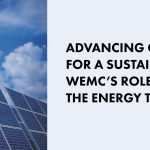Enhancing Tanzania’s Hydropower Production Through Advanced Climate Services
WEMC is partnering with the UK Met Office and Tanzania Meteorological Authority (TMA) to develop climate services for energy in Tanzania as part of the EU-funded FOCUS-AFRICA project.
Hydropower is the largest source of renewable energy in Tanzania, utilising nine river basins. Our changing global climate and the potential impacts to hydropower-generated electricity systems need high-quality data to understand the possible supply variability.
A machine learning model for hydropower generation has been implemented to simulate and predict electricity generation. This model – using meteorological data, such as precipitation, temperature and large-scale climate indicators, as its drivers – simulated and extended the historical record, as well as predicting upcoming months. This work has been co-developed by WEMC, TMA and the government-owned Tanzania Electric Supply Company Limited (TANESCO). TANESCO, which is responsible for providing and distributing electricity across the country, is planning to use this machine learning model to inform decision-making for the management of hydropower resources.
WEMC’s Tanzania-based data engineer Omari Hamisi presented the Hydropower Model to TANSECO at a roundtable discussion at TMA’s headquarters in Dar es Salaam, Tanzania, in July, and highlighted how it can help to optimize energy production by considering factors such as water flow and weather conditions. To demonstrate the Model, Omari presented a sample forecast for the Kihansi and Mtera hydropower plants in the Rufiji Basin, and the Hale, Nyumba ya Mungu, and New Pangani hydropower plants in the Pangani Basin, which indicated lower production towards the end of 2024.
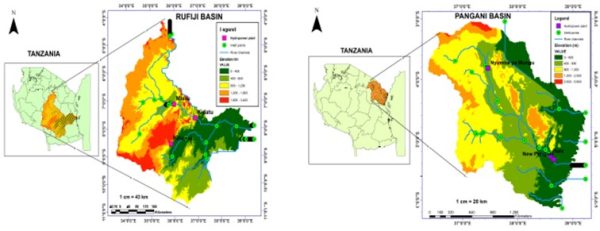
Climate services to understand potential climate-induced impacts on hydropower
The tool, developed for Case Study 6 of the FOCUS-AFRICA project, will facilitate knowledge and a better understanding of climate-induced impacts on hydropower in Tanzania with a time horizon of a few months, in order to better manage water resources for power production, while accounting for competing water uses.
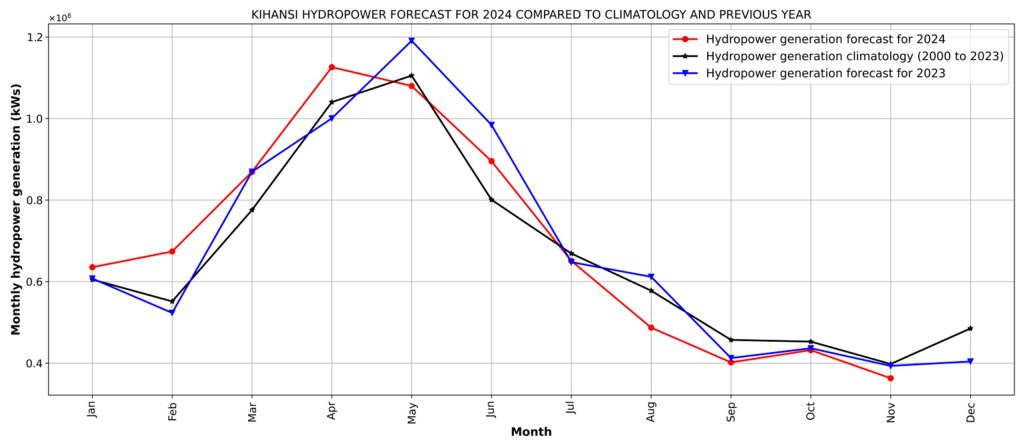
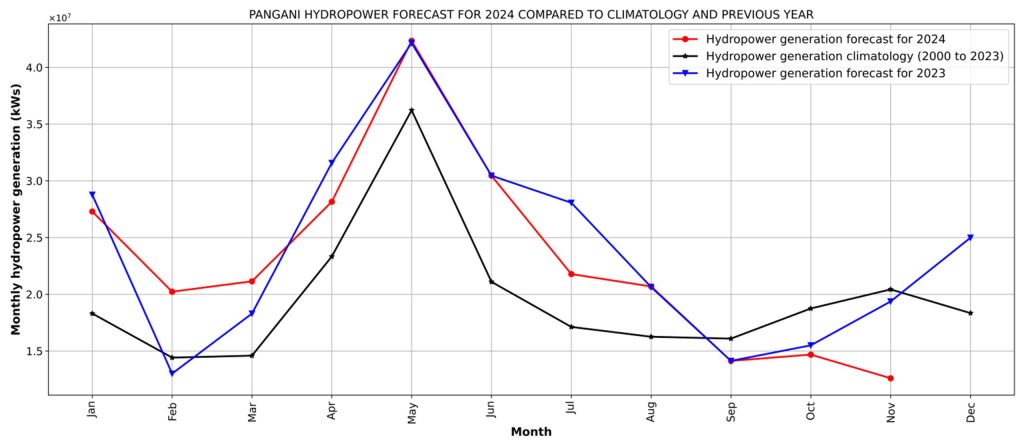
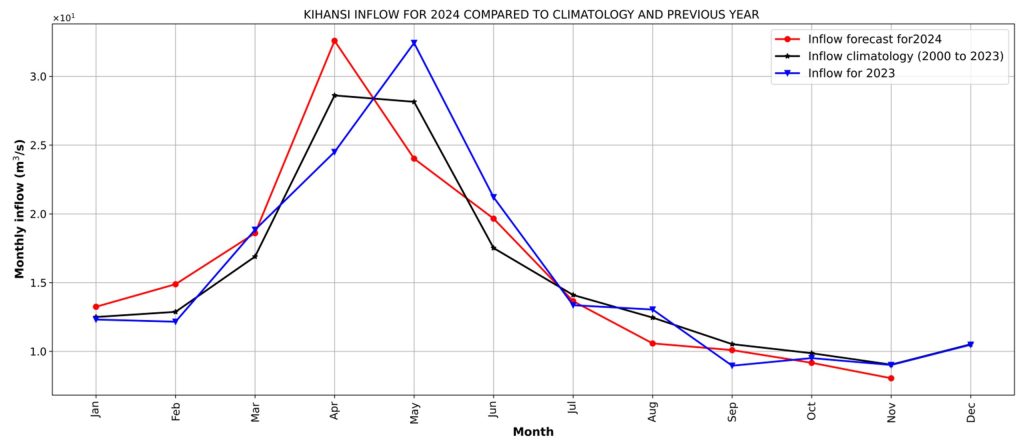
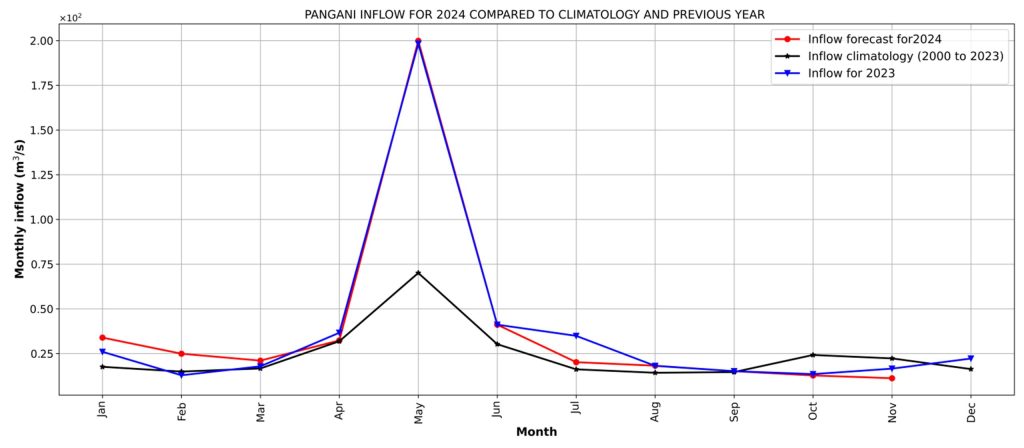
In addition to the Hydropower Model, case study 6 of the FOCUS-AFRICA project also benefits from the WEMC-developed climate visualisation Teal tool which will provide specific data – seasonal forecast, rainy season onset, precipitation accumulations, number of wet and dry days – for TANESCO experts to utilise and inform operational decisions.
The collaboration between WEMC, the UK Met Office, and the Tanzania Meteorological Authority under the FOCUS-AFRICA project represents a significant step forward in optimizing hydropower production in Tanzania. By integrating advanced climate services and machine learning models, this initiative enables TANESCO to better predict and manage energy output from the country’s vital hydropower resources. The use of the Hydropower Model and WEMC’s Teal tool enhances decision-making and ensures Tanzania’s energy sector is better equipped to face the challenges posed by climate variability.
Stay connected with us on social media, and don’t forget to subscribe to our newsletter delivered to your inbox typically twice a year.



